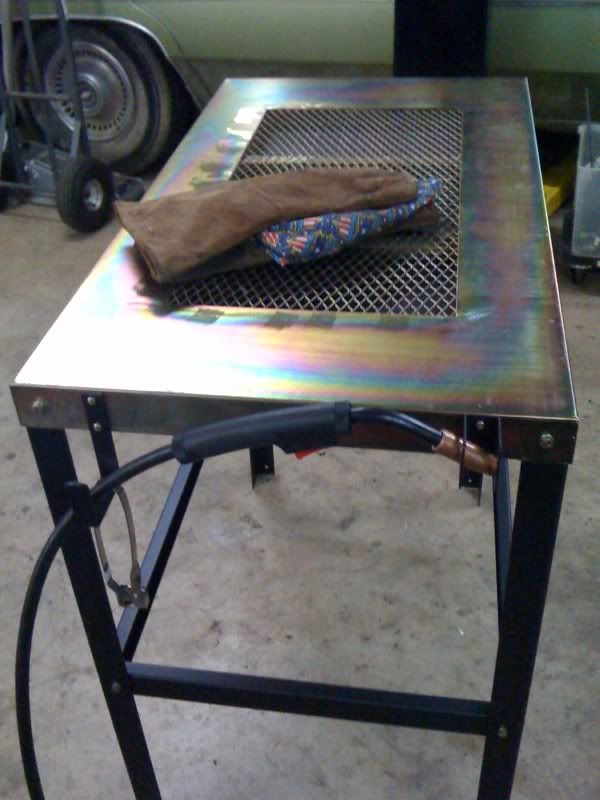
The dash is probably somewhere around .040-.050" thick. A rule of thumb for sheetmetal work is 1 amp per .001" thickness. Certainly not something that is carved in stone, but nonetheless a good starting point.
Wen using the pedal, the amps that you are at should display on the machine panel, they just wont display when you are adjusting them on the pedal (assuming the PU205 operates with an amp adjustment located on the pedal, otherwise, use the panel knob to set the max amps).
I would recommend finding something about 1/8" thick to practice on at first. That way you can get the hand of the operation of the torch, pedal, and trigger, as well as to understand the dynamics of the weld puddle.
With steel, you can watch the metal and see the puddle form, then start to move the torch. Start out with just running a bead on plate (no filler) just to learn how to push the puddle. Then add filler as you get comfortable.
As my highschool metal shop teacher used to say....Heat it and it will flow....
John
Everlast 200DX
Everlast PT185
Shoptask 3-in-1 (not currently in my garage, but I own it...)
Any day on a motorcycle like this that ends just needing parts and labor is a good day.
4.82, 158.67mph 1/8th mile 7.350, 200.35mph 1/4 mile








 Reply With Quote
Reply With Quote







